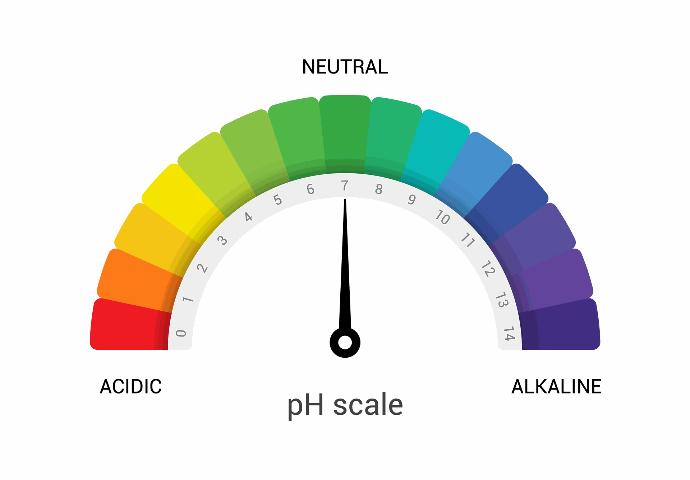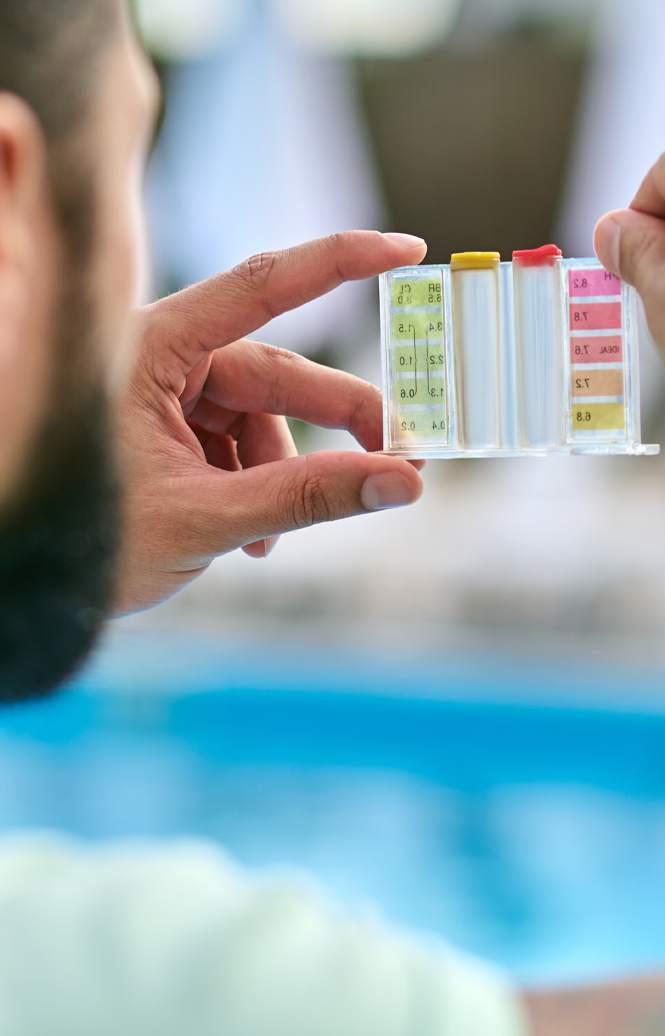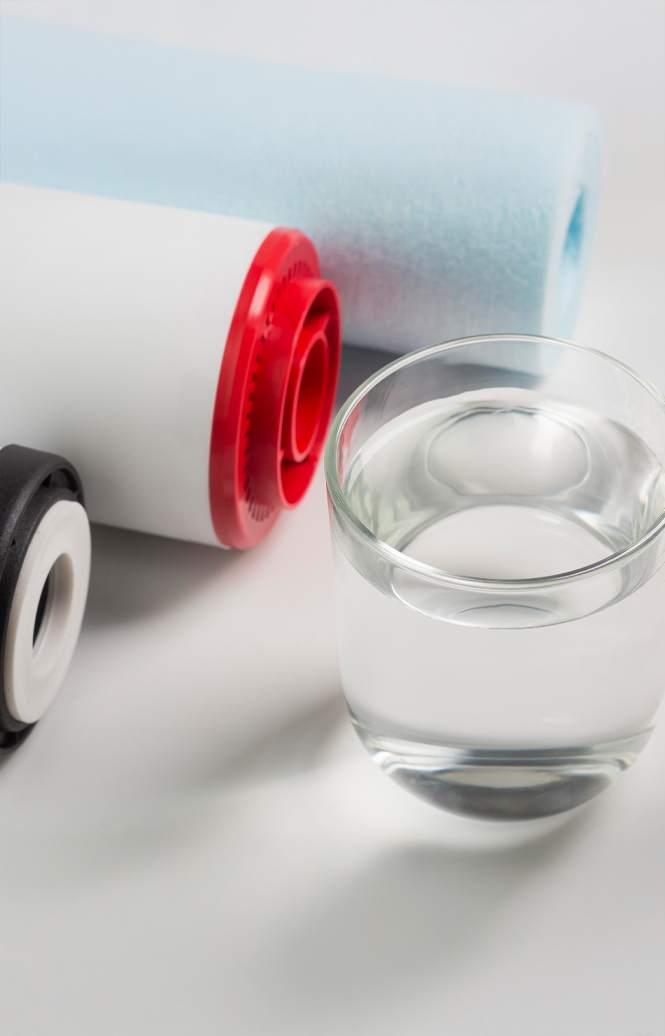Understanding Water pH
What It Means for Your Health and How Reverse Osmosis Fits In
When it comes to water quality, it’s not just about purity—it’s also about pH. The pH level of your water determines whether it’s acidic, neutral, or alkaline, which can affect both its taste and potential health benefits. Acidic water often has a sour or metallic taste, neutral water is tasteless and refreshing, while alkaline water tends to have a smoother, slightly sweet taste.
The pH scale runs from 0 to 14:

So, what does this mean for the water you drink every day? Let’s break it down.
Acidic, Neutral, and Alkaline Water: The Key Differences
Acidic Water (pH < 7)
Acidic water has a high concentration of hydrogen ions (H⁺), making it more corrosive. It can result from natural sources like rainwater or environmental factors such as pollution and chlorine treatment.
Effects:
- Can corrode plumbing, potentially leaching metals like lead and copper.
- Often has a slightly sour taste.
- Long-term consumption isn’t ideal, as it may contribute to mineral depletion in the body.
Neutral Water (pH = 7)
This is the purest form of water, similar to distilled or high-quality filtered water. It’s the best option for general hydration and daily use.
Benefits:
- Free from excess acidity or alkalinity.
- Supports the body’s natural pH balance.
- Tasteless and odorless—ideal for drinking and cooking.
Alkaline Water (pH > 7)
Alkaline water contains more hydroxide ions (OH⁻), helping to neutralize acidity in the body. It naturally occurs in mineral-rich springs and can also be produced through filtration systems.
Benefits:
- Helps counteract excess acidity in the body.
- Contains essential minerals like calcium, magnesium, and potassium.
- May have antioxidant properties.
- Has a smoother taste, often preferred over tap water.

How Reverse Osmosis Affects Water pH
Reverse osmosis (RO) is one of the most effective water filtration methods, removing contaminants, heavy metals, and bacteria. However, it also strips water minerals, which can slightly lower its pH to around 5.5–6.5.
While RO water is exceptionally pure, its slight acidity may be a concern for some. That’s why many systems now include alkalizing filters, which restore essential minerals and raise the pH, balancing the water for better taste and health benefits.

How to Adjust Your Water’s pH
If your water is too acidic, an alkaline water filter can help by:
- Reintroducing minerals like calcium and magnesium.
- Raising the pH for a smoother, less corrosive water profile.
- Improving overall taste and hydration benefits.
For those using reverse osmosis, adding an additional filter step with alkaline remineralization filter ensures both purity and an ideal pH balance.
Which Water Is Best for You?
If your tap water is acidic, consider an Re-mineralizer filter for better pH balance.
Neutral or slightly alkaline water is the best for daily hydration.
Reverse osmosis water is ultra-pure, but adding an alkaline filter enhances its benefits.
Investing in the right water filtration system ensures you get clean, safe, and pH-balanced water to support your health and well-being every day. 🚰💙
Do We Need Minerals from Water?
Many people worry that drinking demineralised water isn’t healthy. But here’s the truth: we don’t rely on water for minerals.
💡 Consider this:
- The amount of minerals in water is tiny compared to what we get from food.
- A single glass of milk or a handful of nuts contains more calcium and magnesium than litres of mineral water.
- A balanced diet provides all the essential minerals we need—water is for hydration, not nutrition.
So, if your water is free from minerals due to reverse osmosis, there’s no real nutritional loss—just pure, clean water.